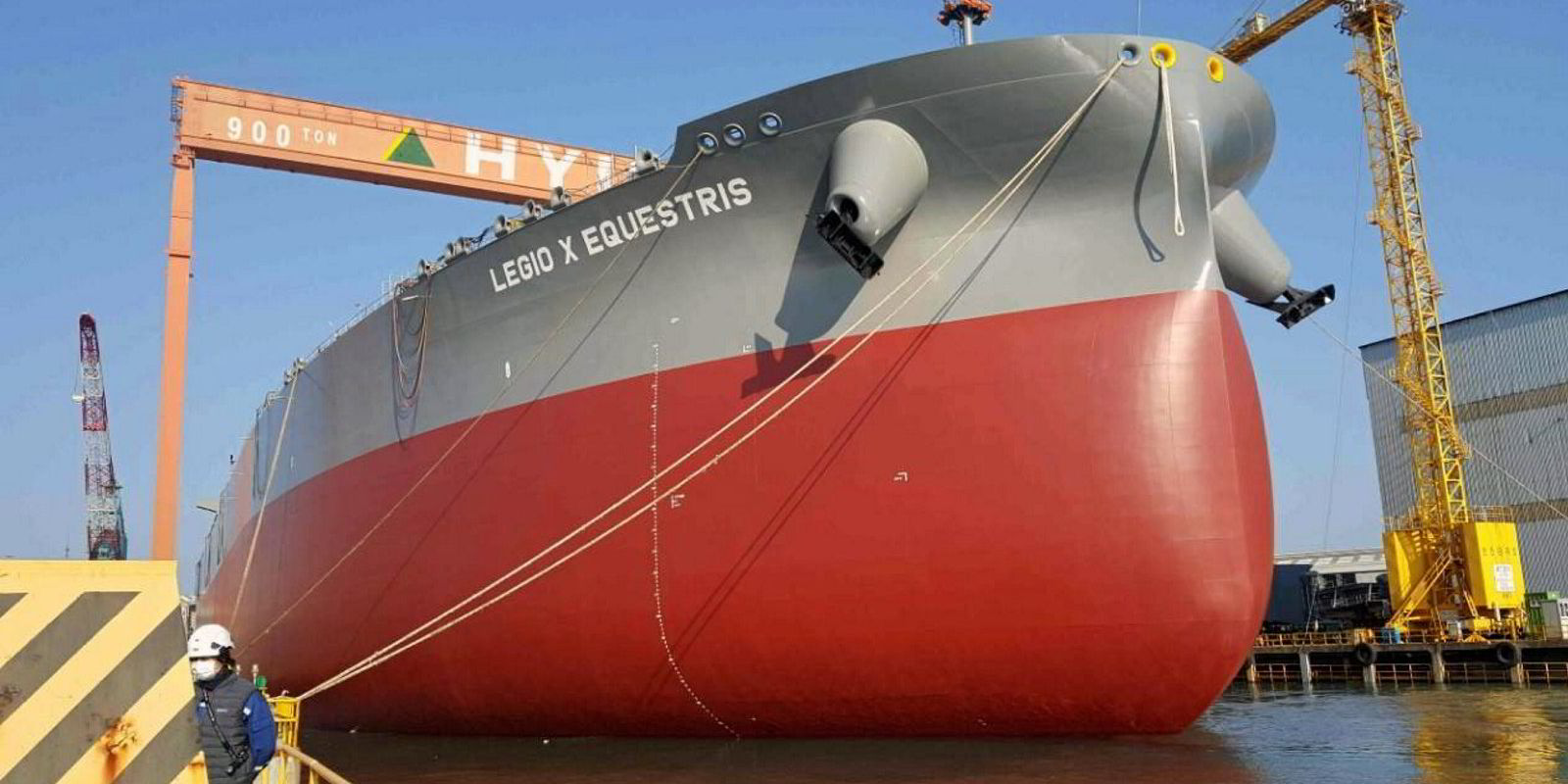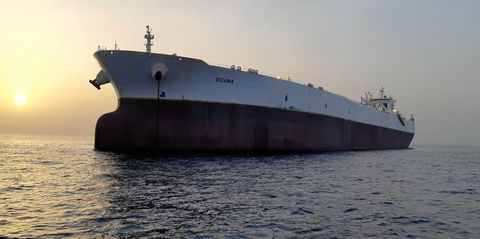Indian and Chinese refineries are competing for cut-price Venezuelan crude cargoes after the US started to ease sanctions on the South American nation in a boon for VLCC operators, according to Tankers International (TI).
Monthly liftings rose from an average of two to five in 2023 to a total of 11 in December, the crude tanker pool operator reported.
“Chinese teapot refineries have been driving this development,” TI head of research Mette Frederiksen said.
She said there had also been a rise in cargoes to India.
“They now vie with Chinese teapots for the discounted oil,” she added.
TI said that average spot market liftings for VLCCs in 2023 averaged 282 a month, up 17 from the previous year.
The increase came despite several rounds of production cuts from Opec+ nations, led by Saudi Arabia, that led to average liftings last year from the region cut from 176 a month in 2022 to 173.
The extra VLCC activity was driven by demand from China and the Far East and increased production in the Atlantic basin — notably record US exports — Guyana and Brazil.
Frederiksen said that combined liftings from the US Gulf and South America increased by 17 a month to 55 and accounted for 20% of cargoes in 2023. That represented a 6% increase in market share compared with 2022.
China is the largest consumer of VLCC cargoes and liftings from the Middle East peaked in early 2023 when Beijing ditched its zero-Covid policies.
Demand from its refineries also saw five extra cargoes every month from Singapore to China. These included the “Malaysian blend”, reputed Iranian cargoes being rebranded and hauled mainly on dark fleet tankers, TI said.
Solid foundation
“While we may not see the same level of expansion in 2024, we can look forward to a year with a solid foundation in terms of VLCC cargo volume coupled with near-zero fleet growth,” Frederiksen said.
Poten & Partners predicted that VLCC orders would soar this year as it is the most economical tanker segment over long distances. The International Energy Agency has predicted oil supply growth would come this year from the US Gulf and South America, adding tonne-miles to trades to Asia.
VLCC owners have looked at the low orderbook and decided that more than a handful of deliveries are needed every year, Poten said. “And once a few high-profile owners take the plunge, we expect that more will follow,” the broker said.
Earlier this month, Euronav said that 25 newbuildings VLCCs would be needed every year over the next two decades to replace an ageing fleet running on conventional fuels if the industry was to hit its target of net zero by 2050.
Read more
- US blacklists Middle East tanker owner and its 18-ship fleet over oil price cap breaches
- More Hunter Group share sales coming to fund new investment drive
- DHT has firepower to add one VLCC per year as cash flow piles up, analysts say
- Peak oil will not be reached before the end of this decade, says Opec head
- Angelicoussis and Procopiou seek yard berths amid VLCC craze





